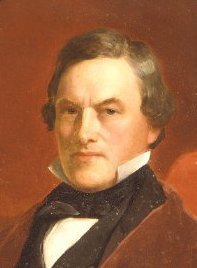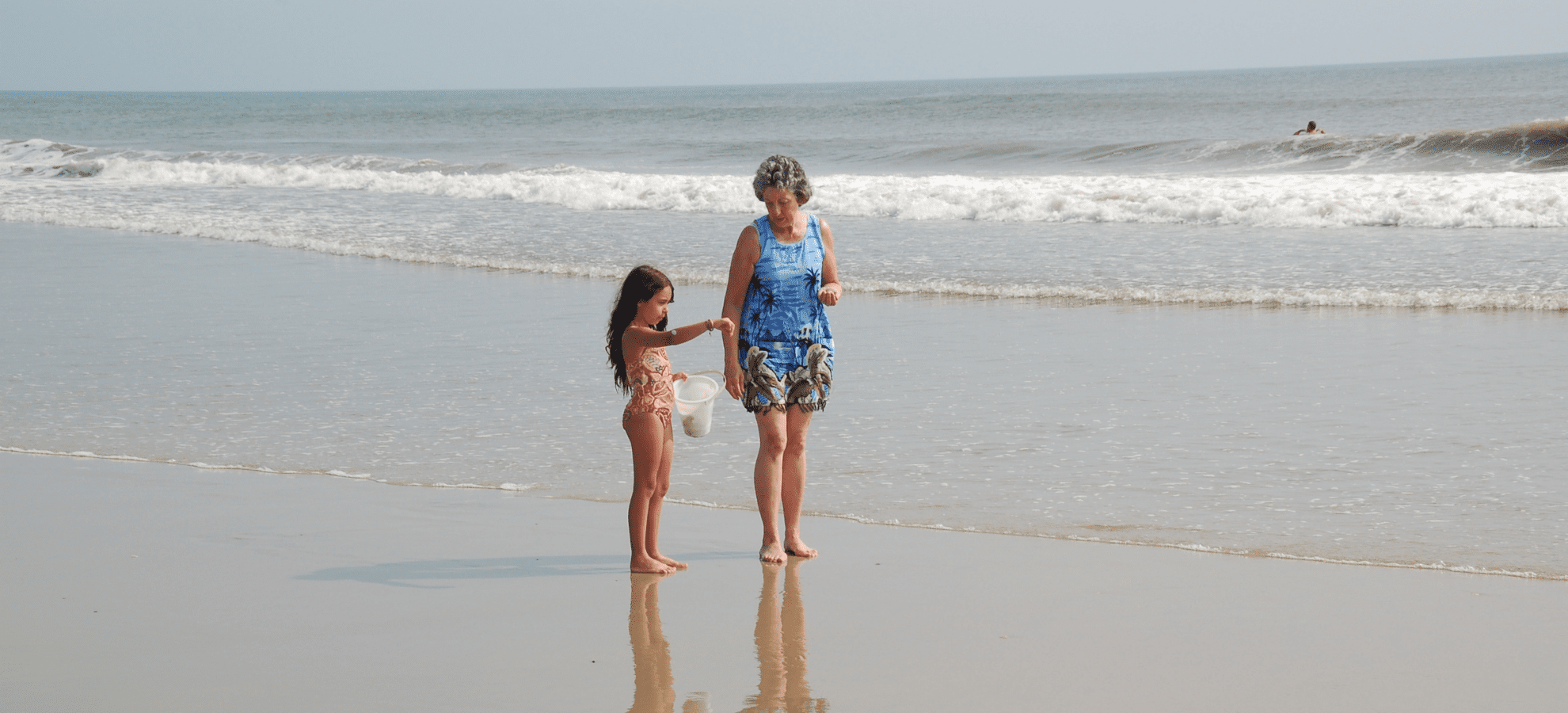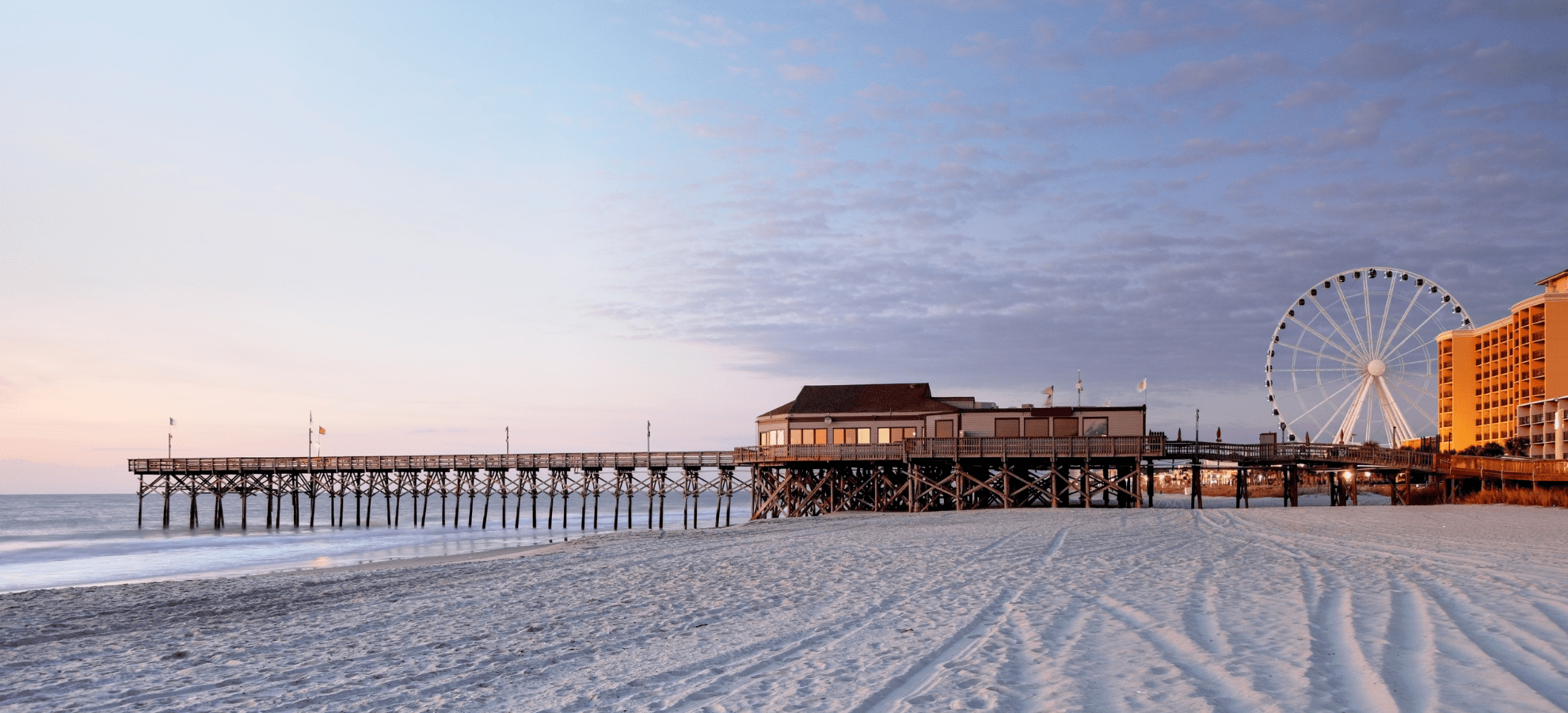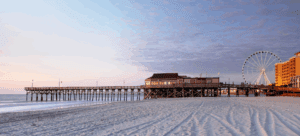by Melissa LaScaleia
This month’s history takes us back to the roots of Myrtle Beach history, and the people and situations that shaped our coastal area.
Before the American Revolution, during the era of rampant exploration and colonial growth, it was common for the English King to issue land grants to notables whom he thought deserved the post. Large tracts of land in what is today Myrtle Beach were given away in such a fashion; the recipients of the posts set up large plantations run by slaves, and cultivated rice and indigo.
In the 1600s, King Charles II of England orchestrated the building of a road from Boston to Charleston. It was not completed until 1735. The original Kings Highway, as it was called, stretched over 1300 miles, although locally it was called the Georgetown Highway. Today this historic highway still exists, and traverses much private land.
What we know as Kings Highway in Myrtle Beach has been moved slightly off of its original course and given the same name. Some years ago, a writer named Dennis Chastain became fascinated with the portion of King’s Highway that extended through South Carolina do the impact that he believes it has had on how the area evolved. He posits that without the original Kings Highway, there would be no Grand Strand as we know it today.
In 1791, George Washington took a tour of the South and traveled the road to the Windy Hill area in North Myrtle Beach. He stopped at the inn of one of the area’s earliest innkeepers, William Gause, and continued further south to the Brookgreen Plantation, then owned by Dr. Henry Collins Flagg and his wife, Rachael Moore Allston. George Washington’s presence in this area was marked with historical significance and is a source of pride to this day.
In 1729, the city of Georgetown was founded. Several years later in 1732, due to a booming trade in rice and indigo, a second port north of Charleston was opened at Georgetown to support additional commerce.
Georgetown is South Carolina’s third-oldest city; Beaufort is the second. In the mid 1800s, the Georgetown area grew to produce half of the rice grown in the United States, as well as becoming the largest exporter of rice in the world.
Robert Francis Withers Allston was born April 21, 1801, in Waccamaw, South Carolina. A wealthy landowner, he became the 67th governor of South Carolina in 1856. He owned thousands of acres in our modern day Myrtle Beach— five plantations on which he primarily cultivated rice— and goes down in history as the eighth largest slave holder in the history of the United States.
One of his plantations was located at what is today known as Withers Swash. He died in 1864, just before the start of the Civil War. The aftermath significantly reduced the value and extent of his holdings.
























